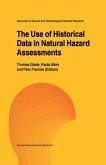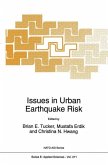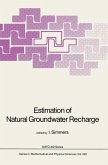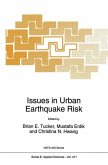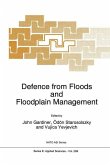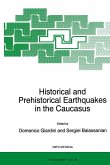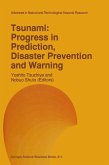Natural hazards such as earthquakes, landslides, floods, volcanic eruptions, tsunamis, and hurricanes cause environmental, economic as well as sociological problems worldwide. In recent years, greater availability of information and sensational media reports of natural hazard occurrence -and in particular in terms of property damage or loss oflife caused by these hazards -resulted in an increase of hazard awareness at a societal level. This increase in public awareness has often been misconstrued as an indication that natural hazards have been occurring more frequently with higher magnitudes in recent years/decades, thus causing more damage than in the past. It is still under debate, however, to which extent recent increases in damage can be related to changing frequencies of natural processes, or whether catastrophic events occur at similar rates as they always had. If the latter is the case, the reason for a greater damage can be related to dramatic population growth over the last century, with a substantial augmentation of population density in some regions. Indeed, the implications are more server in underdeveloped and developing countries, where urbanisation has increasingly occurred in hazard prone areas such as coastal zones, alluvial river plains and steep slopes, thus causing an increase in the exposure to natural hazards. Some groups of society in wealthy countries accept higher risks in order to live directly on top of a cliff or on a steep slope to enjoy panoramic views of the landscape.
Hinweis: Dieser Artikel kann nur an eine deutsche Lieferadresse ausgeliefert werden.
Hinweis: Dieser Artikel kann nur an eine deutsche Lieferadresse ausgeliefert werden.
From the reviews:
"This book contains a collection of papers that deals particularly with the implementation of historical data in three areas of hazard assessment, namely earthquakes, floods and landsides. ... this book is a powerful indicator that historical data in the three areas of hazard assessment have similar characteristics, namely very high magnitude events with substantial uncertainty. Hence the research done in combining these data with the modern records should be shared to facilitate better hazard assessments." (Mayshree Bejaichund and Andrzej Kijko, Pure and Applied Geophysics, Vol. 163, 2006)
"This book contains a collection of papers that deals particularly with the implementation of historical data in three areas of hazard assessment, namely earthquakes, floods and landsides. ... this book is a powerful indicator that historical data in the three areas of hazard assessment have similar characteristics, namely very high magnitude events with substantial uncertainty. Hence the research done in combining these data with the modern records should be shared to facilitate better hazard assessments." (Mayshree Bejaichund and Andrzej Kijko, Pure and Applied Geophysics, Vol. 163, 2006)


